Gaming Retrospective #005: Another World
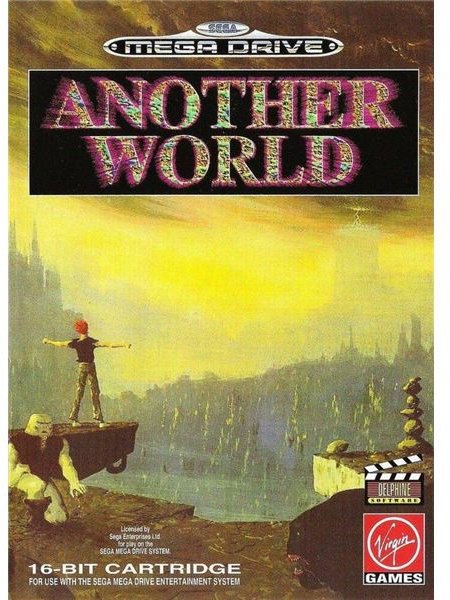
Another World of Game Retrospectives
Gaming auteur Eric Chahi and his flagship game Another World, made in 1991 on several different consoles, defined a remarkable moment in gaming history. As I’ve discussed previously, the pioneering polygonal cut scenes ushered in a new era for games and their inherent filmic interpretations. Not only does the game provide a cut scene centric experience, but it also challenges the player to survive in a unforgiving and truly alien environment.
Almost foreshadowing Valve’s triumphant Half Life, Another World (renamed Out of This World for North America) pits you into an unforgiving alien planet after a botched experiment induced by lightning and a particle accelerator, comparable to Gordon Freeman and Black Mesa’s dimensional rift opening. Instead of being swarmed by various alien creatures from the planet Xen, Another World protagonist Lester is thrust into the new planet and its almost laughably harsh environment, taking leave of the future Half Life premise.
Out of This World: Eric Chahi’s Masterpiece
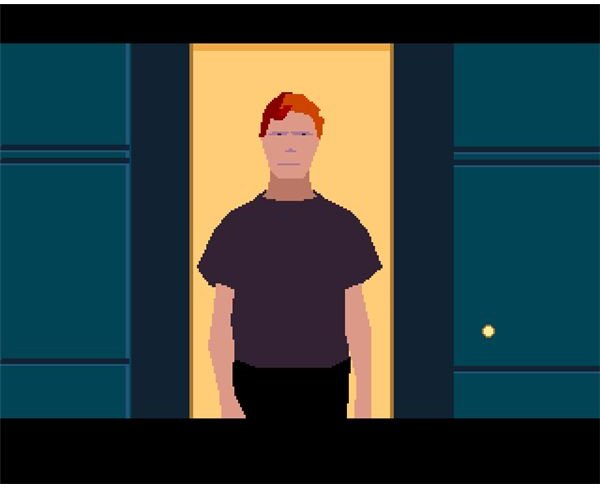
While there Lester encounters several dangers early on, such as the iconic beast and the chase that defines the rest of the games difficulty and tone in the first level. Similarly, the small globule type slugs that attack with a sharp tooth and scratch poison into his leg, these enemies and more like them further the caustic reality of this new plane of experience for Lester.
Probably the best example of this introduction into terror, fear and the will to survive comes from the first playable screen in the game. Teleported into something reminiscent of a Earthen pool, the player needs to quickly fend off some malevolent tentacles and swim out of the water, without any tutorial or hint. If the player doesn’t react quick enough, he bows to the will of the tentacles, heavily reinforcing this harsh difficulty and unrelenting hazard strewn game world.
Disempowerment in Another World
This lack of text or understandable dialogue (the alien chatter is definitely atmospheric) between any character, let alone Lester and his befriended companion, is almost deafening in its utilisation. Gestures begin to hold much more value and the usage of cut scenes to convey these movements really helps circumnavigate a seeming lack of depth from the absence of recognisable voices.
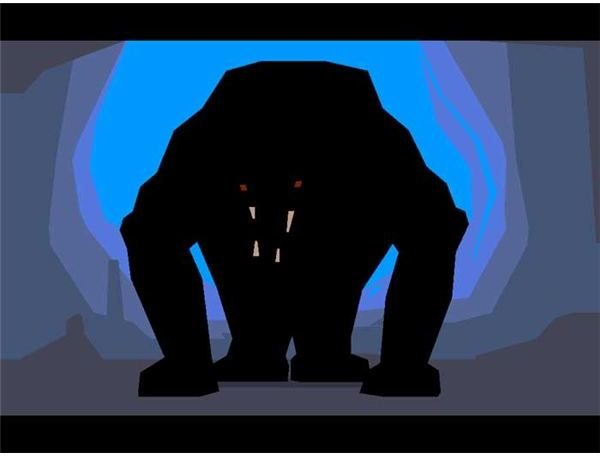
Between befriending alien outlaws, swimming through caves, entering a gladiatorial arena and crash landing in a bath house with some rather pre-eminent naked aliens, Another World brings a gamut of action and well placed sequences that help progress the narrative further.
I would like to also point out that the ending scenes reimburse my ideas on empowerment and the need for something akin to disempowerment, ala Metal Gear Solid 4, with Lester crawling through his final gasps of air while trying to save his alien companion.
Contextual Control in Another World
A further boon of Another World comes from creator Eric Chahi and his self-proclaimed contextual control scheme and motions controls of Lester. By this he meant that depending on the

situation, the entire control scheme changes, wherein certain buttons do entirely different actions than before.
As an example, the player can swing out of his initial prison cage by tilting left and right in a rhythmic manner, unlike the naturalised left/right buttons being used for horizontal movement across the levels. Furthermore, when swimming, the user has the ability to move in all four separate directions.
This context specific control mechanism can be both a great and damaging quality for any game. Foregoing a stoic rigidity and aiming towards a fluid experience is a positive move, especially when the player can instinctively use the system (Another World isn’t complex enough to baffle people because of the control scheme), unfortunately some games fall into the ominous trap of ruining the experience because of their confused and oft inoperable contextual controls.
Continue onto page 2 for more benign points about contextual engagements in other games…
Out of This World Difficulty
Perhaps there is a place for better integrated context sensitive moments in gaming, however even Another World sometimes throws unnecessary curve-balls, making the game a quest based on trial and error as opposed to solely the players skill.
With enemies being able to shoot Lester and kill him in one shot, added to the imperceptible spawning of the alien adversaries, mixed with the context parameters of the controls make for a supremely daunting challenge.
Another World is not an easy game, Eric Chahi
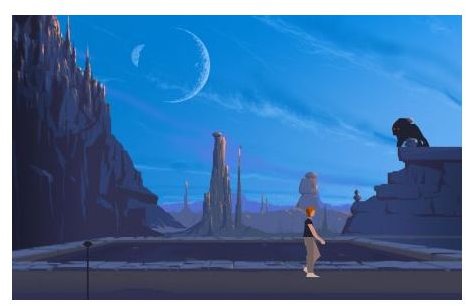
probably designed it this way, and it is certainly helped because of this. You are a physicist teleported to a harsh alien environment, wantonly shot at by marauding masses of seemingly malevolent humanoid aliens, things should be unforgiving and one shot should destroy your experience.
However frustrating this instant-kill situation may be, it speaks more for the attitudes of the time than any sadistic design choice, even if I prefer this method over modern day gaming and its hilariously forgiving death mechanics.
Context Reinforcement in Another World
Only a small proportion of current games have some kind of intent with their respective difficulty settings. Take Dwarf Fortress or The Void as fine examples of crushing difficulty, better yet look at games like Oblivion, Morrowind, Fallout and Farcry 2, in which there are even some community mods or projects giving you penalties and more realistic encumbrance etc.
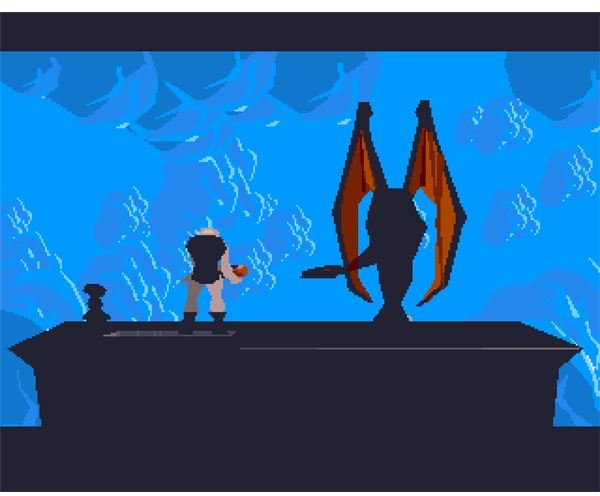
The context often reinforces the high price for death or other actions taken. For instance losing stamina by jumping or other such gaming tendencies.
This is what games should at least attempt when dealing with realism and contextual gameplay. Another World was perhaps the proverbial progenitor of this now underused ideal. If my player character is shot, both they and I should be punished, the screen shouldn’t just turn red for a few seconds and then I’m free to continue roaming the level.
If the regeneration and other such ticks are reinforced by the setting and context then that’s fine, unfortunately most games neglect this idea of sticking to their own setting, often defying logic because of it.
Gaming Retrospective: Another World
Another World is a prime example of sticking to your narrative backdrop and not creating game mechanics in an untidy manner. Even if I did so in a roundabout way, that was my point, Another World lets you realise as soon as you take control of Lester that this place will kill you without hesitation and that is something a large percentage of modern games in particular are missing.
A masterpiece or something truly original is never appreciated in the doldrums of its early lifespan. With a cultist attitude still holding some kind of reticent value, Another World has become a bastion to many a gamer for creating an engaging experience with revolutionary cut scenes, emotive gestures without dialogue, a memorable companionship between the two protagonists and great usage of contextual design application in games.
As one of my favourite games of all time; Another World is very close to true genius within the gaming medium.
